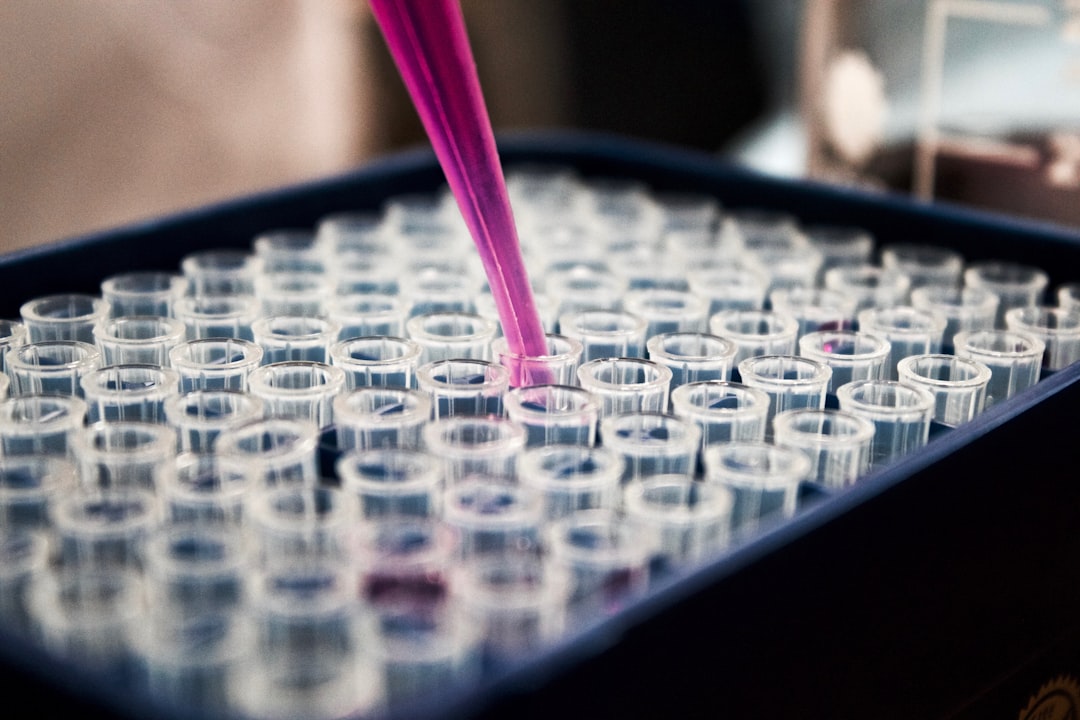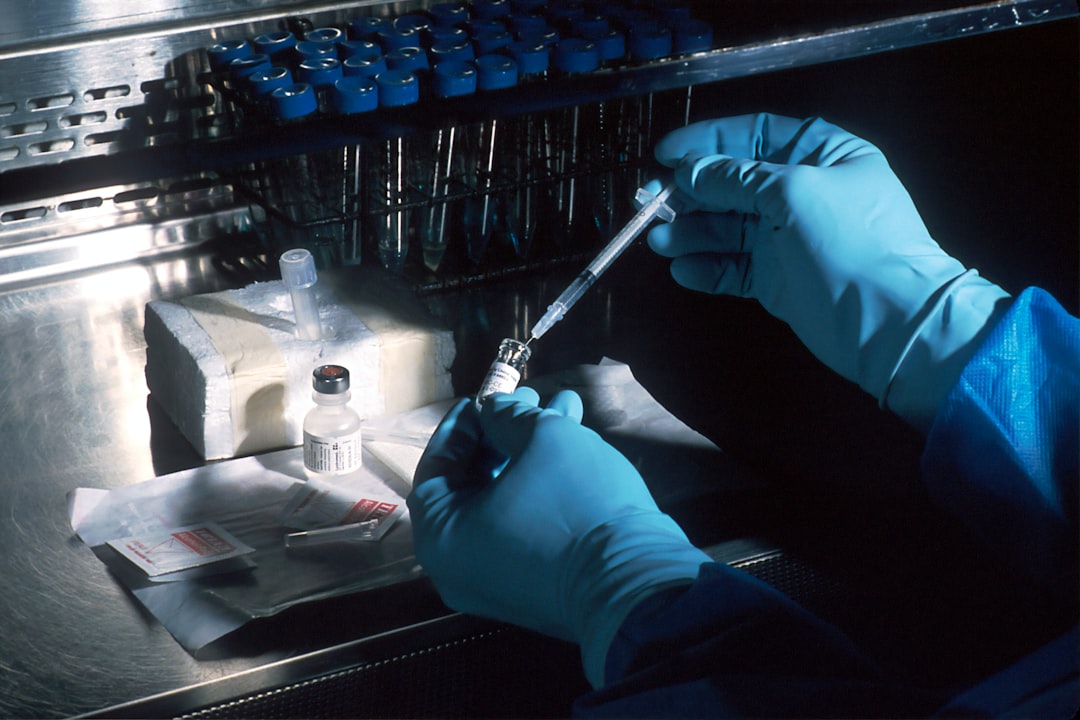What is it about?
Difficulties in the use, preparation, and cost of radioactively-labeled glycosylated compounds led to this research and development study of a new gadolinium-labeled glucose compound that does not have a radioactive half-life or difficulties in its synthesis and utilization.
Featured Image
Why is it important?
This novel compound not only demonstrated excellent and less costly imaging capability, but also showed anticancer effects on treated cells. Our results demonstrated that the new Gd3+-DTPA-DG compound (GDD, with GDD conjugate aggregation of about 8 nm at 0.02 mg/mL concentration) significantly decreased HT1080 and HT29 tumor cell numbers. Application of GDD to cancer cells also increased levels of tumor necrosis factor alpha, but did not alter blood glucose levels. Interestingly, no toxicological findings were seen in normal human kidney cells.
Perspectives
Dual application of GDD for both imaging and treatment of tumor cells could be remarkably advantageous in both the diagnosis and treatment of cancer.
Dr Masoud Ghorbani
Pasteur Institute of Iran
Read the Original
This page is a summary of: Synthesis and characterization of a novel chemically designed (Globo)3–DTPA–KLH antigen, Drug Design Development and Therapy, December 2014, Taylor & Francis,
DOI: 10.2147/dddt.s72530.
You can read the full text:
Contributors
The following have contributed to this page










